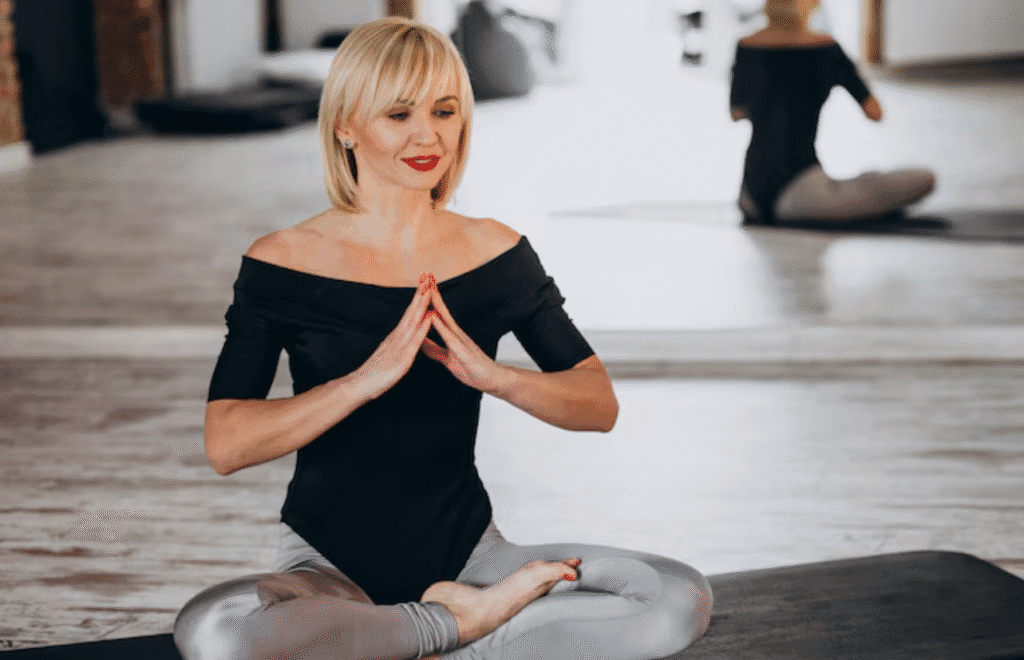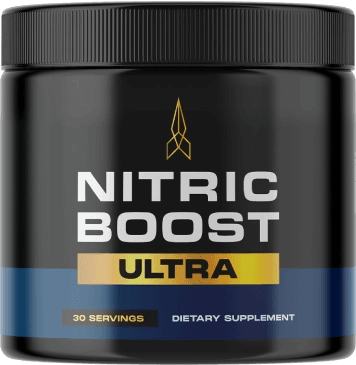Yoga is not a one-size-fits-all practice. With so many styles available, it’s natural to feel overwhelmed when trying to choose the right one. Each form of yoga offers its own rhythm, intensity, and focus—from slow and meditative to vigorous and athletic.
This guide explores the most popular types of yoga, their unique benefits, and who they are best suited for—so you can find the style that aligns with your needs, personality, and wellness goals.
1. Hatha Yoga
“The Foundation of All Physical Yoga”
What It Is:
Hatha is a general term that refers to the physical practice of yoga. In modern usage, it often refers to gentle, slower-paced classes that focus on foundational poses, breath, and alignment.
Benefits:
- Improves flexibility and balance
- Builds strength gradually
- Teaches proper breathing and posture
- Great for stress relief and mindfulness
Best For:
Beginners, older adults, or anyone looking for a slow and steady introduction to yoga.
2. Vinyasa Yoga
“The Flow Style”
What It Is:
Vinyasa connects movement with breath in a continuous flow of postures. No two classes are alike, and the pace can range from moderate to vigorous.
Benefits:
- Boosts cardiovascular health
- Enhances coordination and balance
- Builds strength and stamina
- Increases focus through rhythmic movement
Best For:
Active individuals who enjoy dynamic movement and want a creative, ever-changing routine.
3. Ashtanga Yoga
“The Power Path”
What It Is:
Ashtanga is a rigorous and structured form of yoga that follows a specific sequence of poses in a set order, synchronized with breath and internal locks (bandhas).
Benefits:
- Builds intense strength, flexibility, and discipline
- Detoxifies through heat and sweat
- Enhances endurance and focus
- Offers measurable progression over time
Best For:
Those who appreciate routine, athleticism, and a disciplined approach to practice.
4. Kundalini Yoga
“The Yoga of Awareness”
What It Is:
Kundalini combines dynamic breathing techniques, mantra chanting, meditations, and repetitive movements (kriyas) to awaken dormant spiritual energy at the base of the spine.
Benefits:
- Enhances mental clarity and emotional resilience
- Balances energy systems (chakras)
- Boosts creativity and intuition
- Powerful for reducing anxiety and awakening inner awareness
Best For:
Spiritual seekers or anyone drawn to meditation, mantra, and energetic practices.
5. Yin Yoga
“The Stillness Practice”
What It Is:
Yin yoga targets the deep connective tissues (fascia, ligaments, joints) by holding floor-based poses for 3–5 minutes or longer. It emphasizes stillness and inner awareness.
Benefits:
- Improves flexibility and joint mobility
- Releases stored tension and emotion
- Calms the nervous system
- Encourages introspection and patience
Best For:
Anyone needing deep relaxation, especially athletes or those with tight muscles and stress.
6. Restorative Yoga
“The Art of Deep Rest”
What It Is:
Restorative yoga is designed for complete relaxation using props (like blankets, bolsters, and blocks) to support the body in gentle poses for extended periods.
Benefits:
- Deeply relaxes the body and mind
- Aids in recovery and healing
- Lowers blood pressure and heart rate
- Reduces anxiety, fatigue, and insomnia
Best For:
People dealing with stress, injury recovery, or chronic fatigue. Ideal for all levels seeking rest and renewal.
Quick Comparison Table
| Yoga Style | Pace | Focus | Best For |
|---|---|---|---|
| Hatha | Slow | Foundations, alignment | Beginners, seniors, gentle practice lovers |
| Vinyasa | Moderate–Fast | Flow, breath, movement | Active minds and bodies |
| Ashtanga | Fast | Strength, discipline | Athletes, structured learners |
| Kundalini | Moderate | Energy, breath, spirit | Spiritually curious, seekers of transformation |
| Yin | Very Slow | Fascia, flexibility | Tense bodies, meditative personalities |
| Restorative | Very Slow | Deep rest, healing | Stress relief, recovery, relaxation |
Tips for Choosing the Right Style
- Try several styles: What works for one person may not for another.
- Listen to your body and energy level: Choose Yin or Restorative when you’re tired; Vinyasa or Ashtanga when energized.
- Think about your goals: Are you seeking strength, stress relief, spiritual connection, or flexibility?
- Don’t be afraid to modify: All yoga styles can be adapted for different skill levels and abilities.




